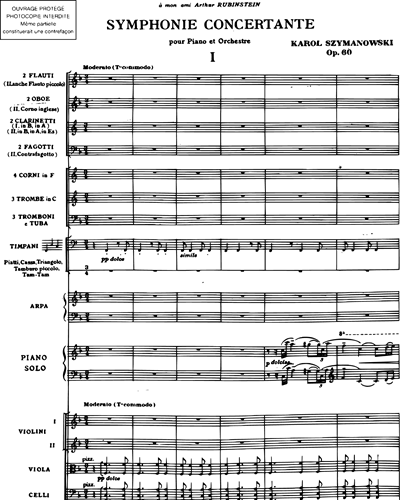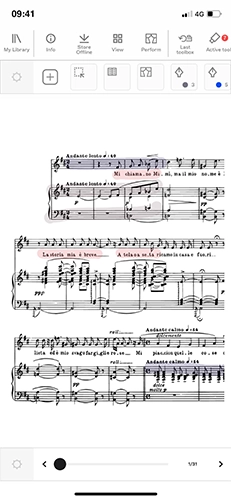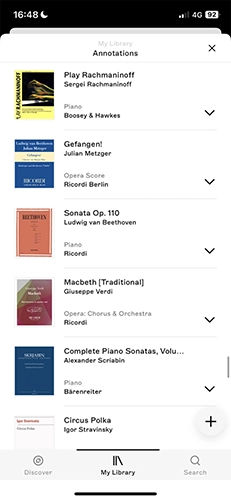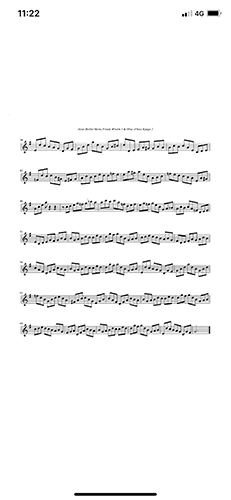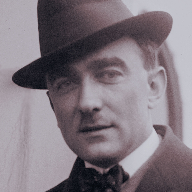
Karol Szymanowski
22 pieces at nkodankoda sheet music library
over 100k editions from $9.99/month
Hassle-free. Cancel anytime.
available on
nkoda digital sheet music subscription


Editions
Annotate
Library
Perform
100k+ available Editions
More about Karol Szymanowski
Karol Szymanowski was a Polish composer and pianist and is arguably the most celebrated Polish composer of the early 20th century, and is widely viewed as one of the greatest Polish composers. He is considered a member of the late 19th and early 20th century modernist movement Young Poland, which was a modernist period in Polish visual arts, literature and music at the turn of the century. He was born on 3rd October 1882 in the village of Tymoszówka, then in the Kiev Governorate of the Russian Empire, and he died on 29th March 1937 in Lausanne. Szymanowski was born into the Korwin-Szymanowski family, members of the wealthy land-owning Polish gentry class. Young Karol started his musical education with his father, Stanisław Korwin-Szymanowski before enrolling at the Gustav Neuhaus Elisavetgrad School of Music in 1892. In 1901 K.Szymanowski went to Warsaw to attend the state conservatory there for more regular studies in music under Zawirski and Noskowski. Since musical opportunities in Congress Poland were quite limited, he travelled throughout Europe, North Africa, the Middle East, and the United States. In Berlin he founded the Young Polish Composers’ Publishing Company (1905–12), along with Fitelberg, Szeluto and Różycki whose primary aim was to publish and perform new works by his countrymen. Betwixt 1906 and 1908, the composers gave many concerts in Warsaw and Berlin. In 1912 Szymanowski entered into contract with the Universal Edition in Vienna, a city wherein he stayed from 1911 to 1914. In this time, he wrote the opera ‘Hagith’ and composed two song cycles called ‘The Love Songs of Hafiz’, which represent a transition between the first and second periods of the composer's style. The first of which is aligned with German Romanticism, represented by his early piano pieces (Preludes op.1, Studies op.4) stylistically akin to the music of Chopin, Schumann and Skryabin. During his time in Vienna, he made journeys to Italy, Sicily, Africa, acquainting himself with ancient Arab and early Christian cultures. This deep fascination resulted in such works as his Symphony no.3 The Song of the Night, Myths for violin and piano, the piano cycles Metops and Masks, the cantatas Agave and Demeter, Songs of the Infatuated Muezzin, the String Quartet No.1, the Violin Concerto No.1 and others. Unlike other European composers who were interested in the music of the Orient, Szymanowski did not attempt to emulate others’ traditions, nor did he ever use Arab and Persian melodies or scales. He composed pieces using the most basic qualities of those musics: coloratura melody, sequential chromatic patterns, certain percussion sounds and, finally, its characteristic expressive qualities of ecstasy, fervour and passion. Of his works created or first imagined, such as Król Roger, during the years 1917 to 1921, both musical and literary, one critic has written: "we have a body of work representing a dazzling personal synthesis of cultural references, crossing the boundaries of nation, race and gender to form an affirmative belief in an international society of the future based on the artistic freedom granted by Eros." Although during the years 1920-21 Szymabowski travelled a lot around Europe and visited America giving concerts, the liberation of his native country had a profound effect on him. It gave him a sense of responsibility for Polish music. Of the works of that time there are Słopiewnie (the songs with piano) - the first attempt after Chopin to create a Polish national style - Kurpie Songs, the ballet Harnasie, piano Mazurkas and, finally, Stabat Mater. After gaining recognition at home and abroad during the years 1924-6 Szymanowski was offered the directorship of the Conservatory of Warsaw. He became seriously ill in 1928 and temporarily lost his post. He was diagnosed with an acute form of tuberculosis, and in 1929 travelled to Davos, Switzerland, for medical treatment. Szymanowski resumed his position at the Conservatory in 1930, but the school was closed two years later by a ministerial decision. He moved to Villa Atma in Zakopane where he composed fervently. While living in Zakopane, Szymanowski developed a keen interest in the Polish folk idiom and undertook the task of creating a Polish national style, an endeavour not attempted since the times of Chopin. Despite his illness the 1930s were the period of Szymanowski greatest stability and success. He gained international recognition testified by numerous prizes and honorary titles. He immersed himself in the culture of the Polish Highlanders (Gorals) and embraced their tonal language, syncopated rhythms, and winding melodies into the new style of his music. The return to his creative energy resulted in the mature large-scale works. All the major late pieces - Veni creator, the Litany to the Virgin Mary (both for piano and orchestra), phe Sqmphony No.4 and the Violin Concerto No.2 are closely linked with folk music, yet the Litany contains sound and colour effects that stem directly from the Symphony No.3 and the Violin Concerto No.2., while the Symphony No.4 resorts to a neo-Baroque sinfonia concertante form, though Szymanowski had little in common with Stravinski's neo-Classicism. In 1936 Szymanowski received more treatment at a sanatorium in Grasse, but it was no longer effective. He died at a sanatorium in Lausanne on 29 March 1937. His body was brought back to Poland by his sister Stanisława and laid to rest at Skałka in Kraków, the "national Panthéon" for the most distinguished Poles. Karol Szymanowski's output, though not very large is highly varied in genre and form. For Polish music of his time Szymanowski represented a revolutionary turning point in its history since he created in his work a synthesis of Polish and European traditions.

Karol Szymanowski sheets music on nkoda
Edition/Parts
Composer/Artist
Part
Source
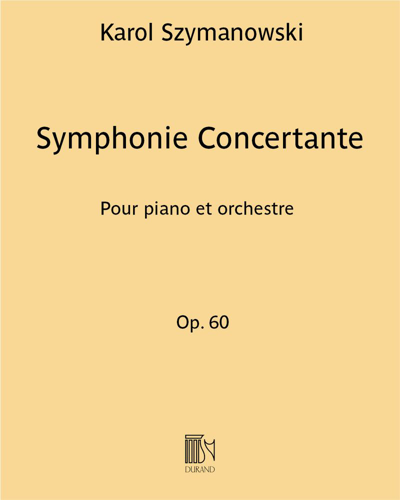
Symphonie Concertante Op. 60
Karol Szymanowski
Piano
Max Eschig
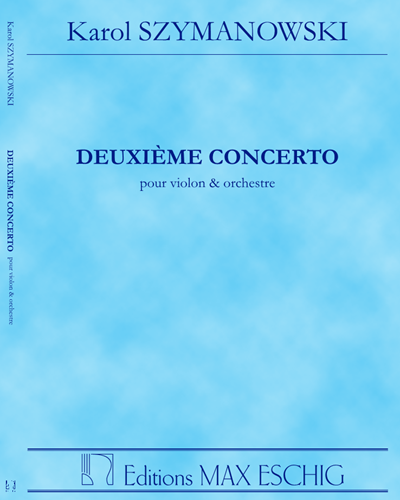
Concerto n. 2 Op. 61
Karol Szymanowski
Violin
Max Eschig
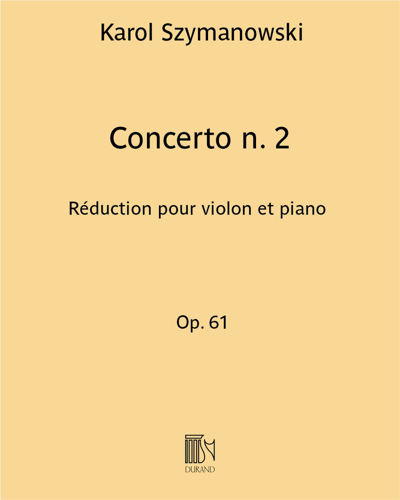
Concerto n. 2 Op. 61
Karol Szymanowski
Violin, Piano
Max Eschig
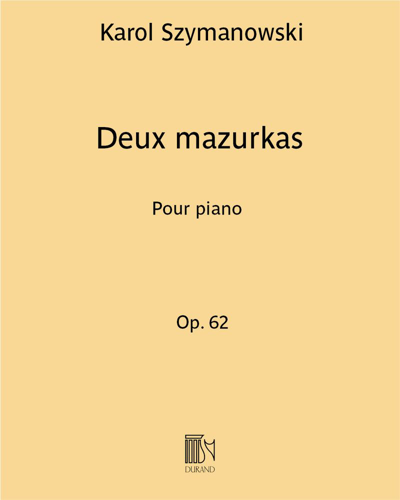
Deux mazurkas Op. 62
Karol Szymanowski
Piano
Max Eschig
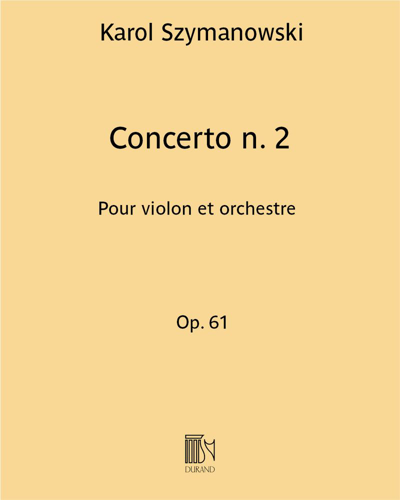
Concerto n. 2 Op. 61
Karol Szymanowski
Violin
Max Eschig
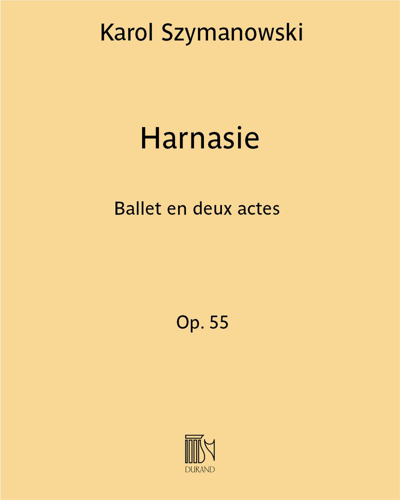
Harnasie
Karol Szymanowski
5-part ensemble
Max Eschig
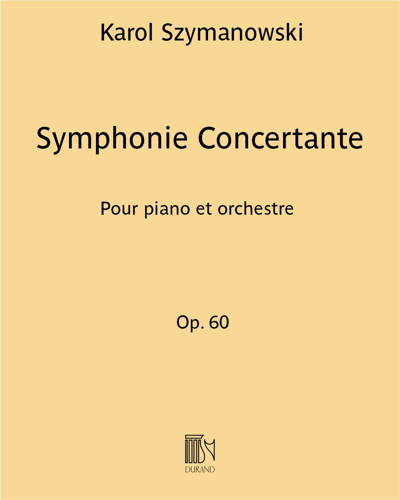
Symphonie Concertante Op. 60
Karol Szymanowski
Piano
Max Eschig
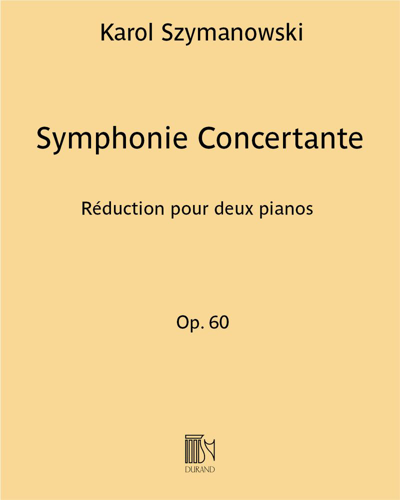
Symphonie Concertante Op. 60
Karol Szymanowski
Piano
Max Eschig
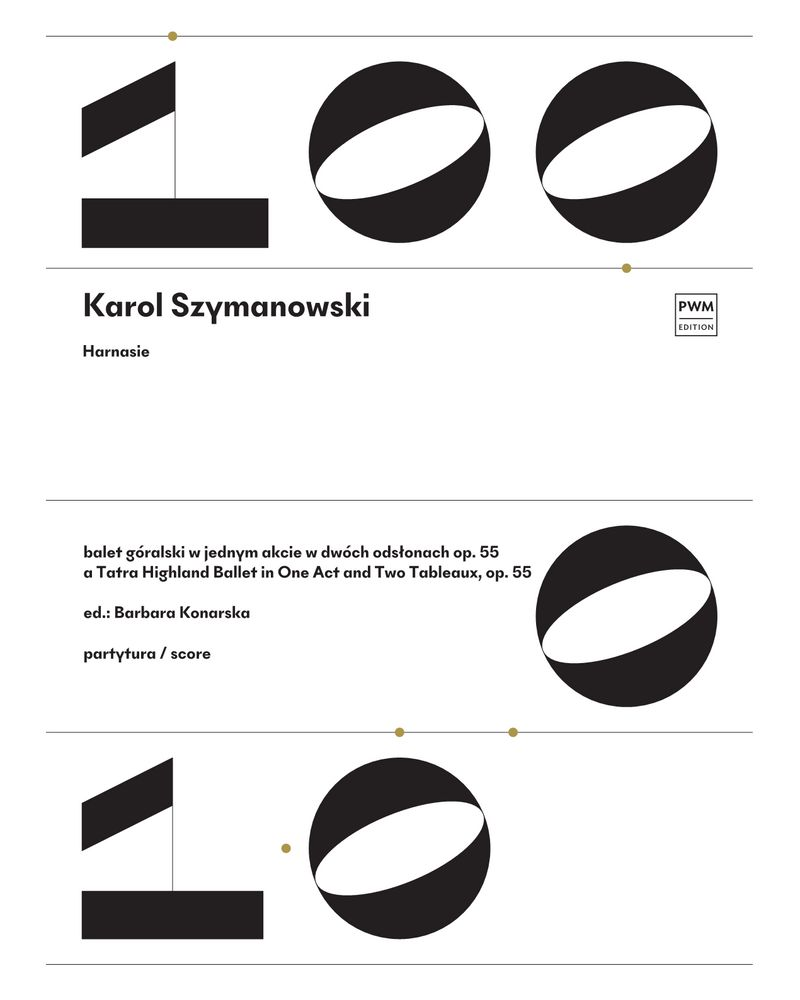
Harnasie
Karol Szymanowski
5-part ensemble
PWM Edition
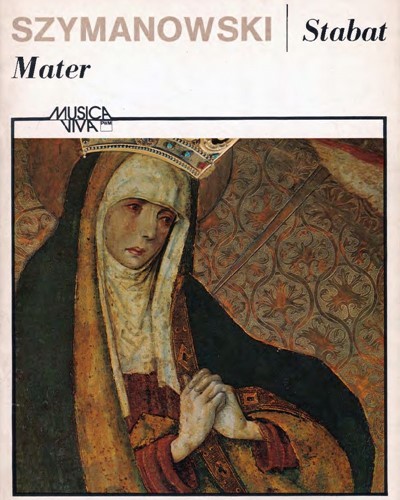
Stabat Mater, op. 53
Karol Szymanowski
5-part ensemble
PWM Edition
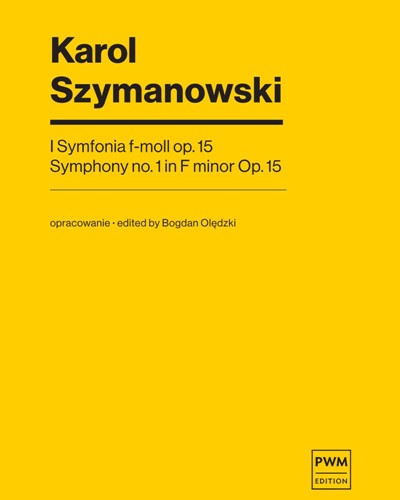
Symphony No. 1 in F minor, op. 15
Karol Szymanowski
Orchestra
PWM Edition
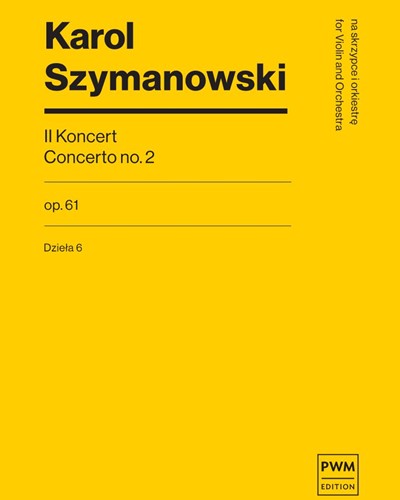
Concerto No. 2, op. 61
Karol Szymanowski
Violin
PWM Edition
INSTITUTIONAL PARTNERS
PUBLISHERS PARTNERS
TESTIMONIALS


